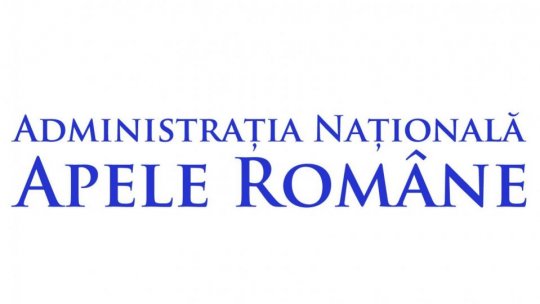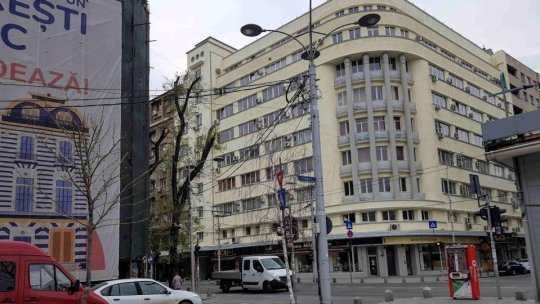The annual inflation figure decreased by 1.79% in May
The annual inflation figure decreased by 1.79 per cent in May, a new all time low, with the increases in food prices being of 0.2 per cent compared to April.

Articol de Sorin Solomon, 12 Iunie 2012, 10:41
The annual inflation rate decreased by 1.79 per cent in May, setting a new all time low, while the increases in food prices was of over 0.2 per cent compared to April.
”In May 2012, compared to the previous month, food prices were relatively stable, while the costs of inedible products and services increased by 0.2 per cent and 0.5 per cent respectively” according to a press release issued by INS.
The food products whose costs experienced the highest increases were potatoes and fresh fruit, with increases of 12.7 per cent and 4.9 per cent respectively.
”The total medium increase in prices in the last 12 months (June 2011 to May 2012) compared to the previous 12 months (June 2010 to May 2011), which was triggered on a IPC basis as well as by the harmonized consumer price index, is of 3.5 per cent ” the press release issued by INS says.
In April the annual inflation rate too decreased to a new all-time minimum of 1.8 per cent in the wake of food cheapening , with the increases in the prices of consumable goods being of a mere 0.7 per cent.
Productivity in the industry decreased by 0.2 per cent in the first four months.
Productivity in the industry decreased in the first four months, compared to the same period last year, by 0.2 per cent in brute series, but adjusted by the number of working days and the seasonality increased by 1.1 per cent according to the data given Monday by INS.
The evolution was determined by the decrease in the extractive industry (2.6 per cent ) and in the pre-industrial labor (1.2 per cent ). The productivity and the supplies with electric and caloric provisions, gas, hot water and air-conditioning increased by 7.5 per cent .
”In the important industrial sectors there have been increases recorded in the industries of capital goods (over 4.7 per cent ) and goods used extensively (0,1 per cent ), while decreases were registered in the industries of intermediary goods (-7.3 per cent ) and currently used goods (-1.7 per cent )” says INS.
"In April, the industrial productivity in brute series was reduced compared to the previous month by 9.9 per cent in the wake of the decrease of all industrial sectors, the extractive industry went down 10.8 per cent , the productivity and the supplies with electricity and caloric provisions, hot water and air-conditioning by 10,4 cent , and the pre-industrial sector by 9.8 cent .
Productivity in industry, in series, adjusted by the number of working days and seasonality, increased by 1.1 per cent compared to the previous month.
Compared to April 2011, the industrial productivity, in brute series, remained on the same level as in the same month of the previous year.
Productivity in the industry, in series, adjusted by the number of working days and seasonality, compared to the same month of the previous year, increased by 2.6 per cent .
The commercial deficit, over 11 billion lei.
The stagnation may have several causes, according to the editor of Radio Romania Actualitati, Diana Domenico.
”On one hand, it may have been influenced by the unfavorable economic context in Europe, given that Romania is a small country in terms of economy, which is precisely why it has been affected by what is going on abroad. Plus, our country is linked to the EU open markets, the national rectification hinges on exports.
On the other hand, it is more and more obvious that consumes have been limited, the population lurching between the fear triggered by the uncertain international economic context and the Government’s possibility or lack thereof to use public funds.
” It is a period when people are very cautious, and take personal security measures, which directs their extra incomes to their savings rather than to their spending. On the other hand I think that a renewal of an export policy is needed, which is where we are extremely dependent on the situation in the EU, under the circumstances where we don’t have any other alternatives in terms of geographic export.
”On the other hand, regarding the national consume, I don’t expect it to go through any changes anytime soon, because it hinges on the feelings and the comfort of consumers, who at present are rather scared by the difficult economic context ” says Radu Crăciun, an economic analyst.
Compared to March, exports have decreased in April by almost 13 per cent , and imports by 8 per cent .
Important weights in the export-import structure are in the auto-vehicle, transport equipment, and several handmade product sectors.
Romania has had in the first four months of the current year a commercial deficit of over 11 billion lei, with 800 million more than the same period last year.
Translated by
Vlad Nichita
MTTLC, Bucharest University













